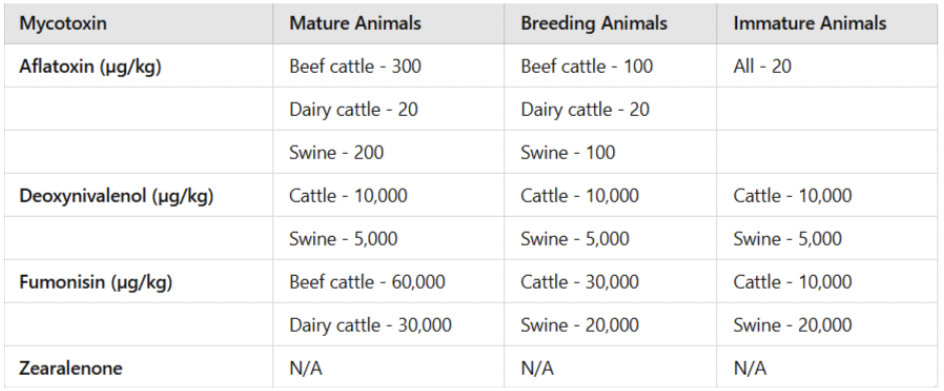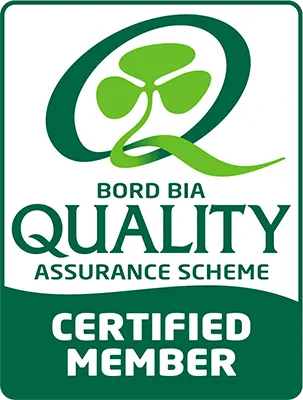In recent years, global demand for maize, wheat, soybeans, and their derivatives has steadily risen, driven by the growth and expansion of the livestock industry. As a result, ensuring the safety of animal feed has become increasingly critical, with mycotoxins emerging as one of the most significant threats.
This year’s maize silage could pose a greater challenge for farmers, with elevated mycotoxin levels anticipated due to stress during the growing season. These naturally occurring toxins, produced by certain molds, can have significant impacts on the health and performance of livestock. Early identification and proactive management are crucial to mitigating their effects.
What Are Mycotoxins?
Mycotoxins are toxic compounds naturally produced by certain fungi that grow on plants or grains used in animal feed. When livestock consume feed contaminated with mycotoxins, it can lead to a range of adverse health effects, which vary depending on the specific type of mycotoxin involved.
The production of mycotoxins is influenced by conditions that favor the growth of mycotoxin-producing fungi, both before and after harvest.
- Pre-harvest: Stress factors such as drought, insect damage, or poor plant health increase the likelihood of mycotoxin formation.
- Post-harvest: Issues like high moisture content, kernel damage, or inadequate storage conditions further heighten the risk of contamination.
The most common sources of mycotoxin contamination in animal feed are grains such as barley, maize, oats, triticale, and wheat. Additionally, by-products of these grains—like grain screenings, distillers’ grains, and brewers’ grains—may also harbor mycotoxins. Forage, silage, and processed feeds made from contaminated ingredients are other potential sources of contamination.
Understanding and mitigating these risks is essential to maintaining animal health and optimising feed safety. When consumed, these toxins can harm dairy and beef herds, leading to:
- Reduced feed intake and weight gain
- Suppressed immune function, increasing vulnerability to diseases
- High somatic cell counts, affecting milk quality
- Reproductive issues, such as lower conception rates
- Visible symptoms like swollen hocks, diarrhoea, or unthriftiness
Key Signs to Watch For
While mycotoxin contamination may not always present obvious signs, farmers should be vigilant for:
- Elevated somatic cell counts in dairy herds
- Sudden drops in milk yield or feed efficiency
- Swollen joints or hocks
- Poor coat condition or reduced vitality in livestock
If any of these symptoms appear, testing your feed for mycotoxins is essential to confirm contamination and plan effective countermeasures.
Mycotoxin regulatory limits for animal feed






